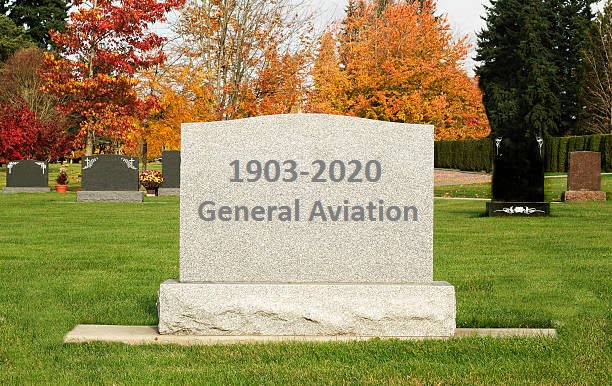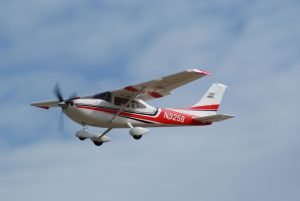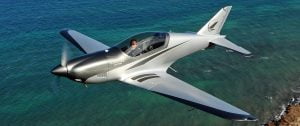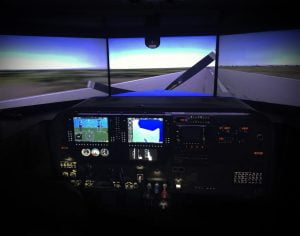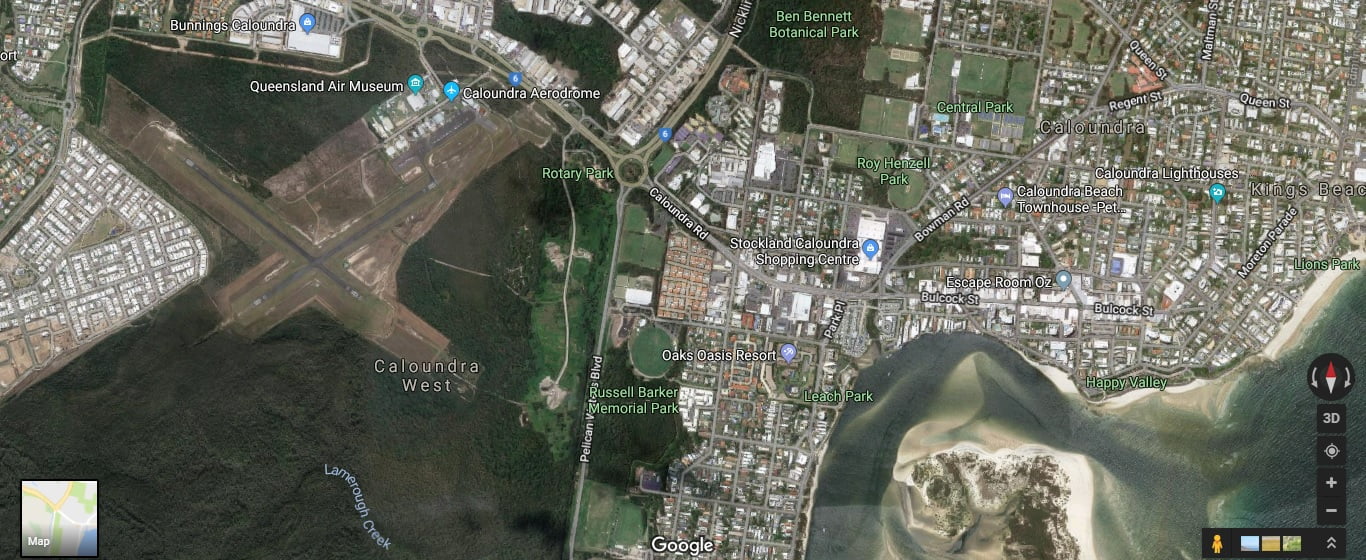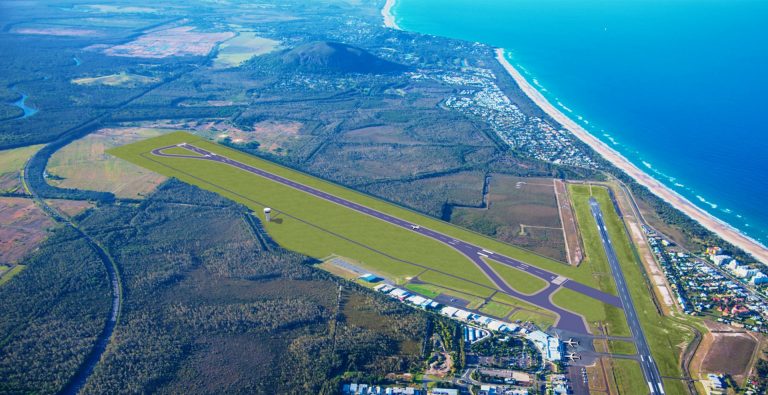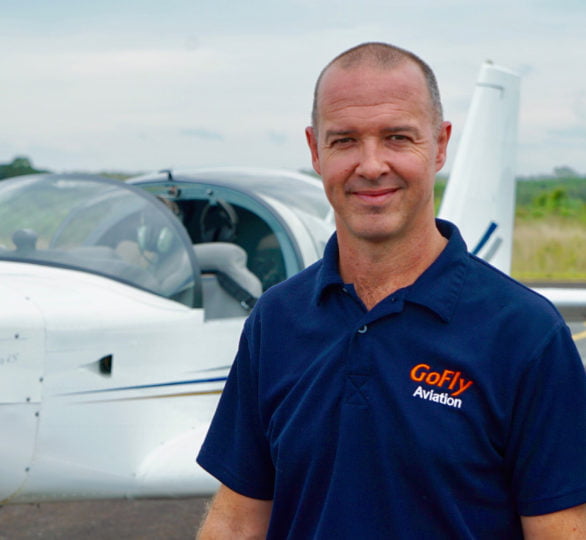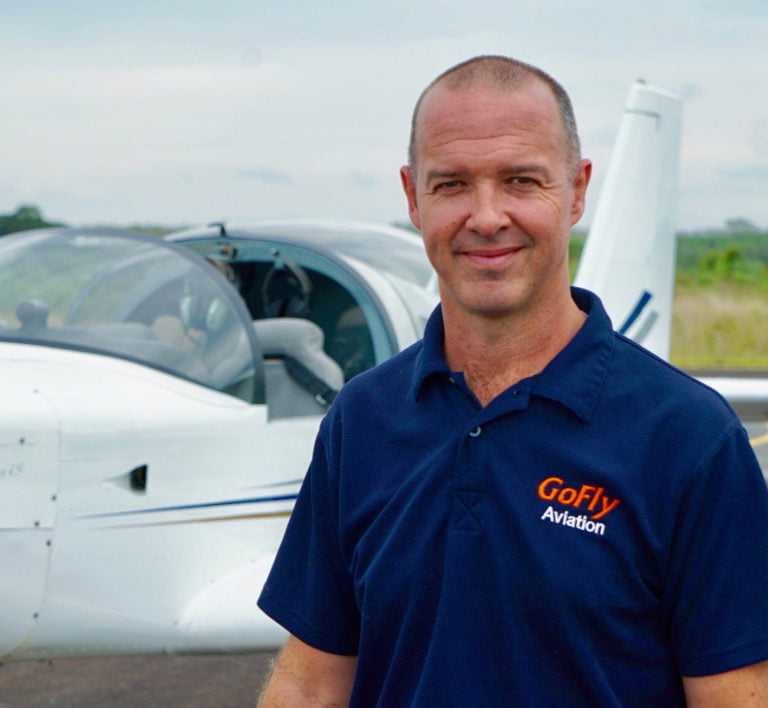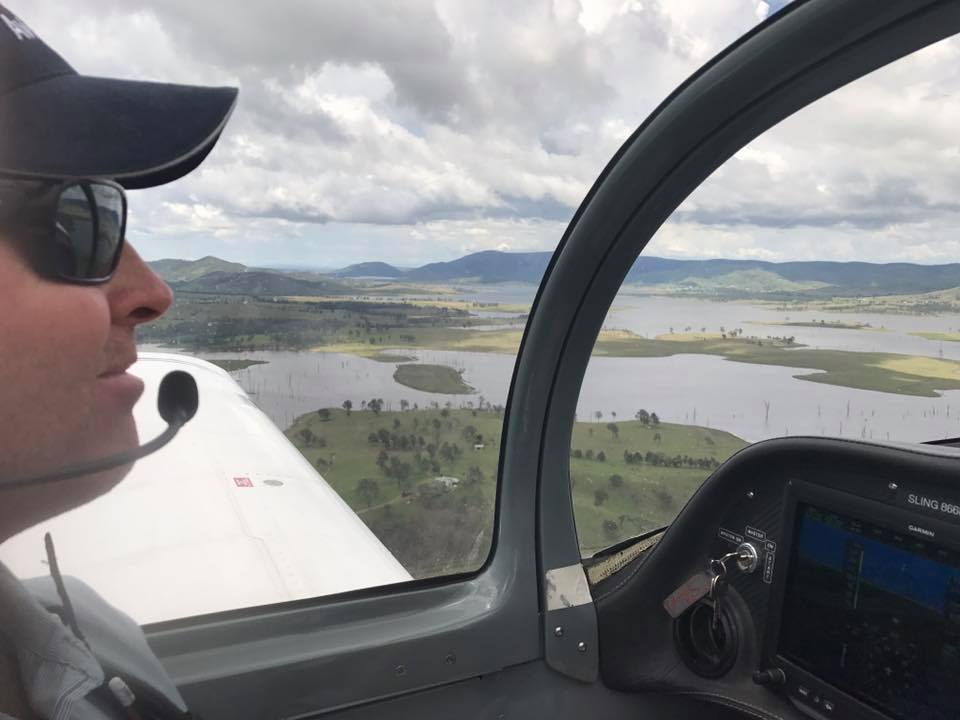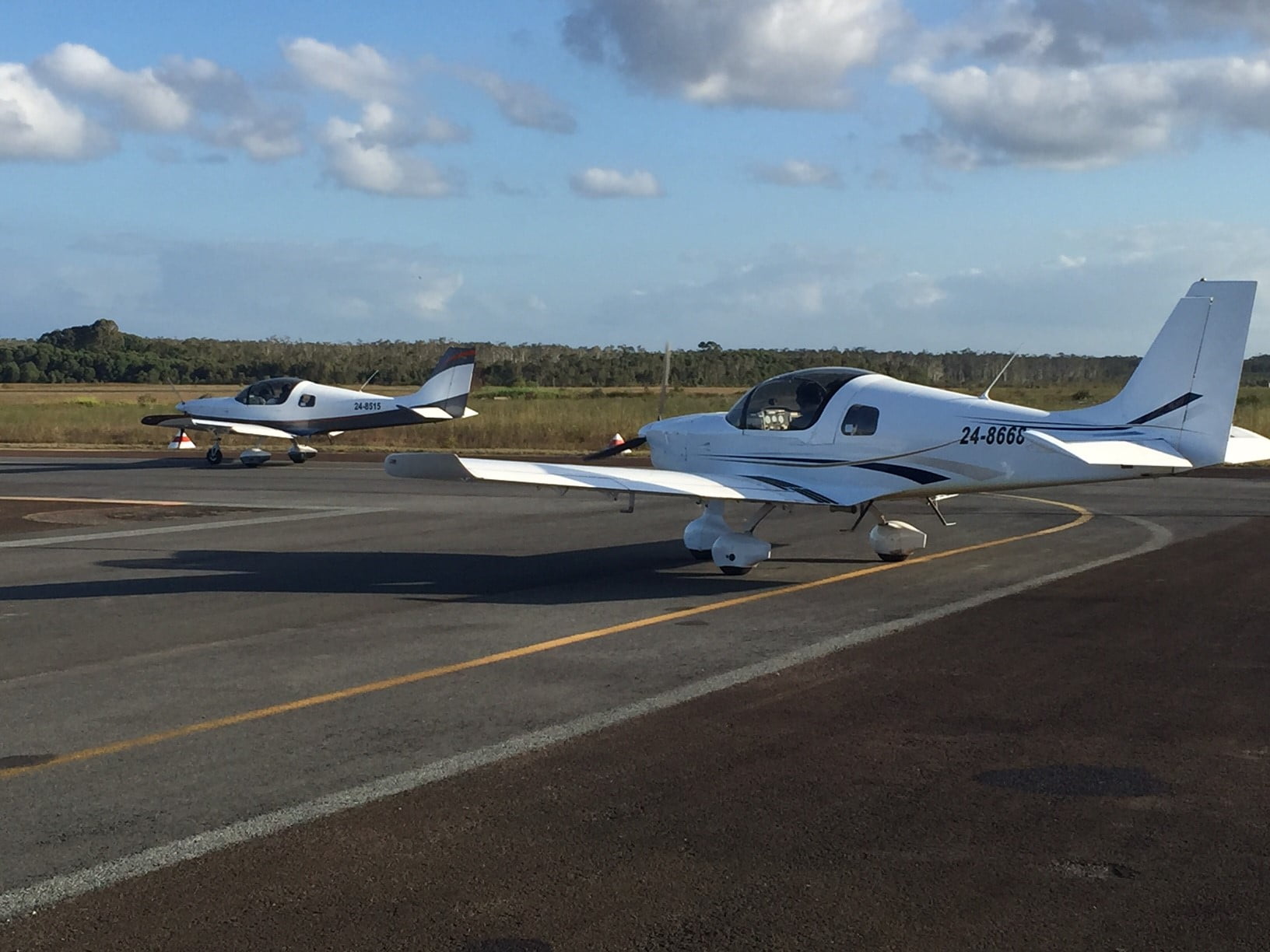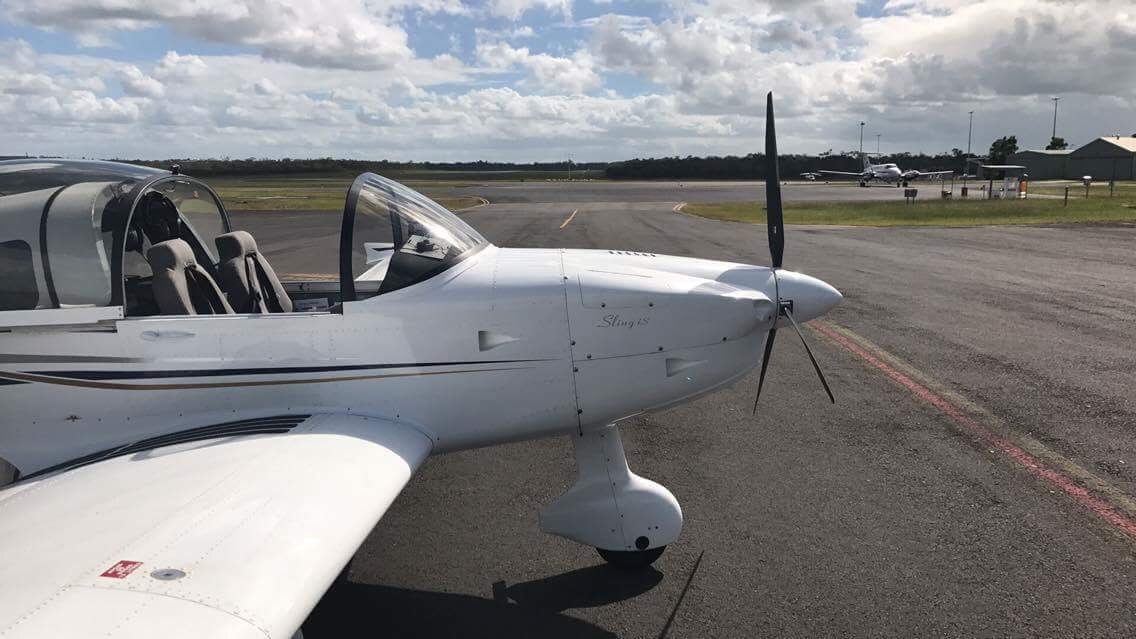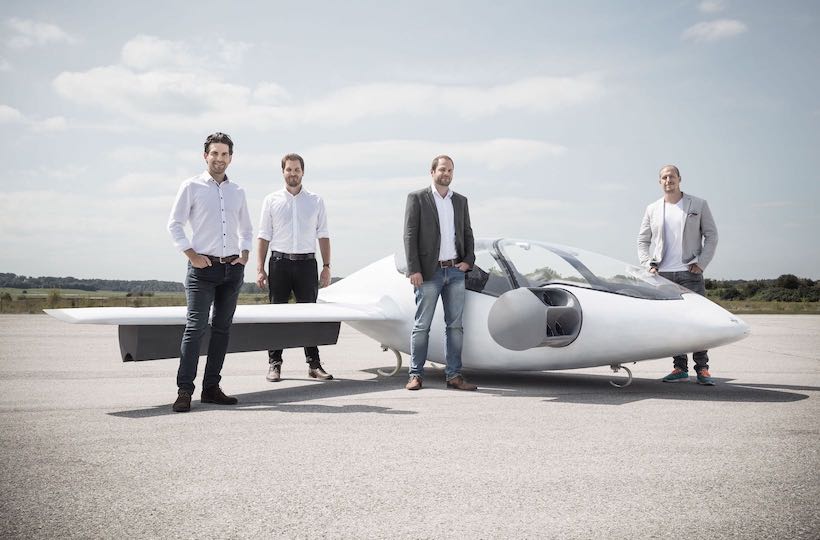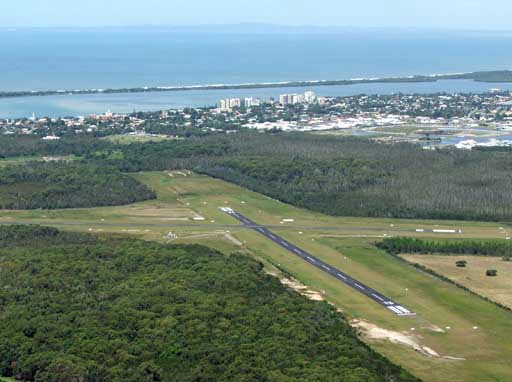
Why you might want to consider learning to fly at Caloundra Aerodrome

Before you roll your eyes and say: ‘Of course the owner of a flight school in Caloundra is going to plug his own aerodrome over the other aerodromes’, be aware that my first flight school was actually located at Caboolture Aerodrome. Later, when I was looking around to start a satellite flight school I also spent considerable time researching other sites such as Redcliffe, Caloundra, Sunshine Coast and Archerfield.
(At the time I thought that ‘bigger is better’, when running a business, so it made sense to me to start up a second flight school. Since then I’ve learnt that ‘becoming excellent at what you do’, is much better than becoming bigger and more complex, and maybe I’ll write another blog on this topic in the future.)
All of these locations I researched had some benefits but many of them had more disadvantages than advantages. After six months of research I concluded that Redcliffe or Caloundra were the best choices for starting my second flight school. While Redcliffe had many advantages I wanted to eventually live on the Sunshine Coast, so I decided on Caloundra Aerodrome. After operating GoFly Aviation from both Caloundra and Caboolture for a few years, I eventually decided to move my entire operation from Caboolture to Caloundra because the facilities available and the aerodrome were so good to operate from. The fact that it shortened my commute from Mooloolaba was just an added bonus.
I’ve been in the flight training business now for eight years and flown into many airports. I am listing below, those airports which I believe to be the best flight training aerodromes in south-east QLD and why I think this:
- Caloundra Aerodrome (very good)
- Redcliffe Aerodrome ( very good)
- Caboolture Aerodrome (good)
- Archerfield Aerodrome (average)
- Sunshine Coast Aerodrome (average)
Sunshine Coast Aerodrome
I did my Commercial Pilot Licence and Instrument Rating at Sunshine Coast Aerodrome around twenty two years ago (yikes, those years went fast!) and it was a busy aerodrome even back then. I remember having to hold in the Twin Piper Seminole for up to ten minutes while 737 planes departed, and thinking to myself, ‘Well, that wait just cost me $80’.
Learning to fly at a Controlled Airport for a new student is not a lot of fun. Firstly you have to get clearance then wait for the controller to tell you what to do. Secondly, small aircraft (training aircraft) get lower priority over large regular public transport aircraft flown by the major airlines. Last year almost a million passengers travelling with the major airlines used Sunshine Coast Airport.
Sunshine Coast just closed the east-west runway while constructing a new longer international runway so things are about to get even worse. Training aircraft presently cannot do touch-and-go landings at the Aerodrome between 10am – 1.30pm during the week. This results in many of the flight schools flying (ferrying) to Caloundra Aerodrome – at the student’s expense – to do touch-and-go landing practice. This adds considerable cost to the student in ferrying to another aerodrome.
Again, if you’re wanting to become a Commercial Pilot, learning to fly in controlled airspace environment has its benefits, however if you’re wanting to learn to fly for fun, do you really want all this stress and extra cost?
Archerfield Aerodrome
The best part of Archerfield Aerodrome is its proximity to Brisbane (particular south and western Brisbane). Other than that, there is not a lot I really love about this Aerodrome. It has multiple runways and is controlled, so for new students this can be overly complex and intimidating.
At certain times of the day, the aerodrome limits the amount of aircraft which can operate in circuit and will restrict how many touch-and-go landings an aircraft and student can do in a particular lesson. This has a flow-on effect for a student. They also have expensive landing charges. One of my competitors, who operates out of Archerfield charges $40 more per hour for lessons and I can only assume that this is to cover the landing and other charges that this aerodrome imposes on flight schools. The other issue is that it is surrounded by lots of Controlled Airspace, making it complex for new student pilots. If you are wishing to become a Commercial Pilot, this may be beneficial, but if you’re looking to fly for fun then I suggest you go elsewhere.
Caboolture Aerodrome
Caboolture is still fairly close to Brisbane and I operated out of this aerodrome for five years. As a training field it is fairly good, however my main issue is that the majority of the runways are grass so it can get rough or soggy after rain. The other issues ares a lack of commercial office space for flight schools and the high numbers of birds and other wildlife which don’t mix too well with student pilots and aircraft. If you look past the wildlife and grass runways, it is still a good aerodrome. There are no runway lights so if you want to do night training you will have to go elsewhere.
Redcliffe Aerodrome
This is my second favourite aerodrome in SE QLD. The advantages are: close proximity to Brisbane; it is a non-controlled aerodrome; and there is close proximity to the training area and other control zones. The aerodrome is well managed by Moreton Bay Council and has a decent paved runway and taxiways. It also has runway lights for night training.The only disadvantage is it only has one runway, so crosswinds can be a challenge, however some may argue that makes for a better pilot (eventually). If you’re based in Brisbane and don’t want to drive all the way to the Sunshine Coast, this would be my recommended aerodrome.
Caloundra Aerodrome
I love teaching and operating at Caloundra Aerodrome. It is a non-controlled Aerodrome and I believe a non-controlled Aerodrome is a better learning environment for pilots wanting to learn to fly for fun. There are no landing charges at Caloundra and this results in GoFly being able to offer competitively-priced training. There are two sealed runways and this means that there is rarely an issue with crosswinds being over the maximum limit for the training aircraft. It also has runway lighting. It is still close to Controlled Airspace for students wanting that experience or learning to become commercial pilots.
As a business owner, I also have greater flexibility in how I operate my business and at what times I can start and finish, than I would have if I operated at a Controlled Aerodrome.
The location is also absolutely spectacular, being situated directly beside the river and ocean. As soon as you take off you are presented with an incredible view of the Pumicestone Passage, Glasshouse Mountains, Moreton Bay and islands. The aerodrome is also very central to shops and the Caloundra township, making it ideal for overseas students to find accommodation and transport for the few weeks it takes to get their Recreational Pilot Certificate. There are plenty of accommodation options from budget to five star hotels and of course the beaches are wonderful. Many of my students live in Brisbane but learn to fly with us because they can visit the beach afterwards. Some bring friends or family and make a day of it, enjoying the great restaurants beside the beach.
The only negatives at Caloundra Aerodrome are that there is not enough taxiways (one has to use runways to access other runways) and there’s a lack of parking for visiting aircraft, but these negatives are minor compared to the benefits and can be improved in coming years.
A good aerodrome is a nice-to-have but good training is a must-have
It is important to note that you can receive fantastic training at any aerodrome. There are many great flight schools which operate at all of these aerodromes. If you find a great school at an aerodrome that is not-so-great, and which has great instructors whom you’re comfortable with, then stick with it. You can become a great pilot from any aerodrome if you have good quality training.
However, if you can have good quality training at any aerodrome, wouldn’t you want to choose the location which best supports that great training?
I’m so glad I made the decision to move my entire operation to Caloundra Aerodrome two years ago. I love working at Caloundra Aerodrome as it has a unique tropical feel that few aerodromes possess. Having the friendly guys at AMS right next door for maintenance also makes life easy for a Chief Pilot, plus we get to see a variety of exotic old and new planes being worked on and put through their paces.
If you are still considering which is the best location at which to learn to fly, drop in to visit Caloundra Aerodrome for yourself. You will not be disappointed.
Damien
CEO GoFly Group
Click on this link to read further blogs by Damien.



